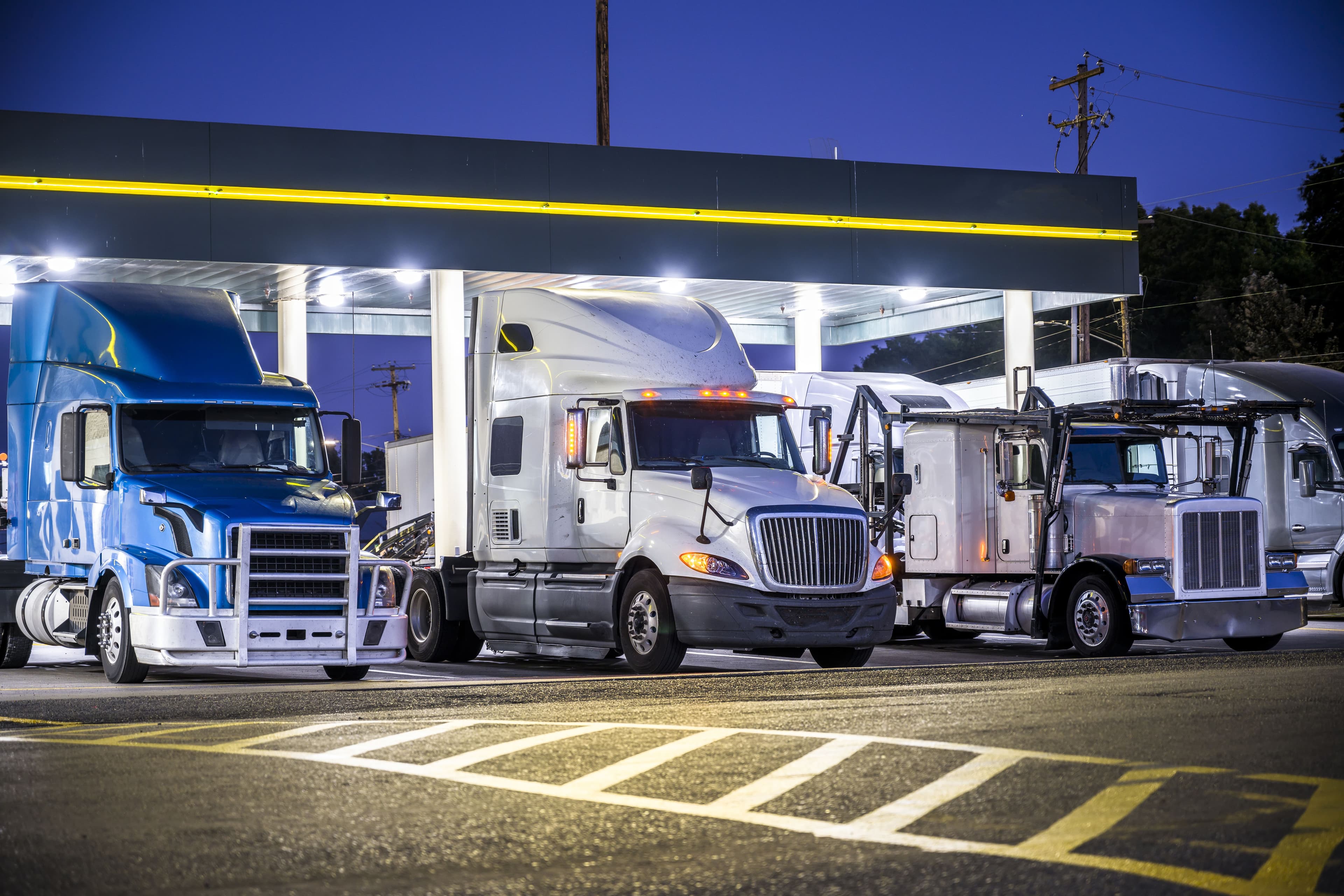How AI in Transportation will Accelerate Strategies in 2026

Trending
Top Posts
4 min read
August 28, 2020

Share:
Table of contents
Browse the table of contents to jump straight to the part you’re looking for
Fuel prices show muted response as Hurricane Laura weakens to a tropical depression.
Hurricane Laura wreaked destruction in southwestern Louisiana as a Category 4 storm but lost steam as it pushed inland. Laura is considered one of the worst major storms to ever hit the state, with total damage estimated near $15 billion. However, the storm spared many of the Gulf Coast region’s refineries, despite early concerns that the U.S. energy hub between Houston and New Orleans would face imminent damage. About 85 percent of oil production in the Gulf of Mexico and 20 percent of the area’s refining capacity closed in anticipation of Laura.
Fortunately, the storm’s path was east enough to miss most of the country’s largest refineries in eastern Texas. Additionally, the storm surge was lower than expected, preventing major flooding around key refining centers. Localized regions continue to deal with power outages, but operators are beginning to assess the damage and discuss restart plans after shutting down ahead of Laura’s arrival. Major pipelines feeding products from the Gulf Coast around the U.S. also continue to operate as normal, limiting the fuel supply disruption.
Timelines for refiners and offshore crude oil producers to fully restart are still being determined, but most facilities are expected to resume operations within the next week. Fuel demand patterns will also hinge on the longevity of cleanup efforts and the ability of residents to return from their evacuation sites. Crude oil and wholesale diesel prices have avoided any upward price pressure since Laura struck because of no major infrastructure damage and optimistic timelines for facilities resuming production.
Hurricane Laura threatens critical energy infrastructure after making landfall near the Texas-Louisiana border with Category 4 strength, before weakening to Category 2 status.
Laura breached upper Texas and southwest Louisiana coasts in the early morning on August 27, bringing destructive winds, severe flooding, and catastrophic storm surge. Louisiana Governor John Bel Edwards drew comparisons between Hurricane Laura and Hurricane Rita’s path and intensity in 2005. Rita caused over $25 billion in damage along the northwest Gulf Coast.
Officials believe a storm of this intensity could leave localized regions uninhabitable for weeks or months. A tropical storm warning was recently issued in Arkansas, with Oklahoma, Mississippi, Tennessee, Kentucky, and parts of southern Missouri and Illinois receiving flood advisories given the storm’s size.
In addition to peoples’ livelihoods being severely disrupted, the storm also threatens the heart of the U.S. energy supply chain. The Gulf Coast houses nearly 50 percent of U.S. refining capacity, offshore oil platforms, pipelines, and storage and export hubs that are critical to the fluidity of domestic and international energy flows.
An estimated 31 percent—or 5.9 million barrels per day (mmbd)—of the country’s refining capacity between Houston and New Orleans is at high risk of operational interruptions from flooding and other storm damage. Another 3.0 mmbd is also in jeopardy should Laura sustain hurricane-like strength as it moves further inland. As of Wednesday, 8/26, over 80 percent of oil production in the Gulf of Mexico and 20 percent of U.S. refining capacity were offline in preparation for Laura.
To date, the extent of the storm’s damage, timelines for energy infrastructure fully restoring output, and Laura’s impact on fuel consumption are unclear. This uncertainty—paired with inflated inventories from COVID-19’s hit on demand—has kept the storm’s impact on crude oil and diesel prices minimal thus far.
West Texas Intermediate crude oil prices settled at a five-month high above $43 per barrel in the days leading up to the storm. National wholesale diesel prices also rose to their highest level since March at $1.99 per gallon ahead of Laura’s landfall. These increases, however, were not solely tied to concerns of the storm’s arrival. We will continue monitoring regional price volatility and provide updates should dynamics shift in the coming days.

5 min read
December 30, 2025
Build a robust fuel procurement strategy to control your fleet’s fuel costs. Our guide covers data analysis, sourcing tactics, and operational efficiencies.
Read more
8 min read
December 23, 2025
Navigate fuel surcharge rates with our expert guide. Discover how to calculate fair reimbursements and overcome the limits of traditional fuel surcharge models.
Read more
5 min read
December 16, 2025
Explore the draft V2.0 SBTi corporate net-zero standard. Learn about new guidance on biofuels, EACs, and scope 1 and 3 emissions to reach net-zero by 2050.
Read more